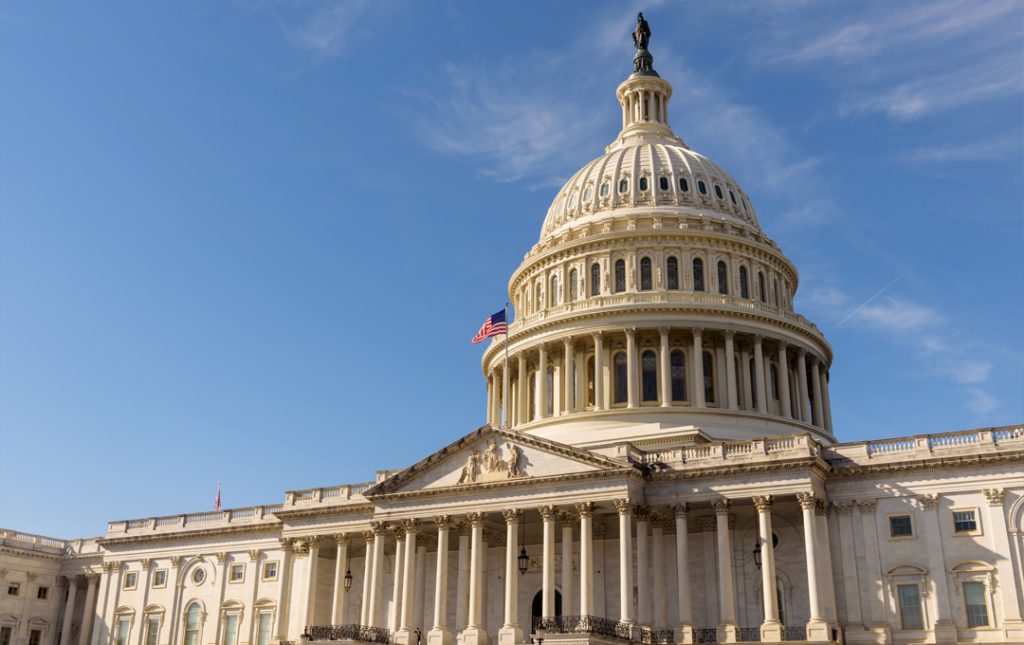The U.S. federal government has officially shut down as of October 1, 2025, initiating a period of heightened uncertainty for the economy and financial markets. While government shutdowns are not unprecedented, investors should recognize that the current situation presents a unique and more complex set of risks than historical examples.
Two critical factors differentiate this shutdown: the unprecedented threat of permanent federal layoffs and the confirmed suspension of key economic data releases at a pivotal moment for monetary policy. This transforms the event from a temporary political disruption into a significant fundamental risk that requires a disciplined and strategic approach.
A Departure from Historical Precedent
Historically, financial markets have treated government shutdowns as transient political theater, often leading to short-term volatility but little lasting impact on asset prices. The prevailing wisdom has been to “look through” the disruption, assuming that the economic damage is temporary and quickly reversed upon resolution.
This long-held assumption is now being challenged. Unlike in past shutdowns where federal employees were temporarily furloughed with guaranteed back pay, the administration has directed agencies to prepare for permanent “Reductions in Force” (RIFs). This fundamentally alters the economic calculus. A temporary furlough is a liquidity issue for workers; a permanent layoff is a solvency crisis that delivers a direct and lasting blow to aggregate demand, consumer confidence, and the national employment picture.
The Data Blackout: Flying Blind
A central consequence of this shutdown is the creation of a “data blackout.” The Bureau of Labor Statistics (BLS) has suspended all operations, which means the highly anticipated Non-Farm Payrolls (NFP) report for September will not be released as scheduled.
This data vacuum could not come at a more critical time. The Federal Reserve has just initiated a rate-cutting cycle in response to a softening labor market and requires this data to guide its upcoming policy decisions. Without the NFP report, the data-dependent Fed is effectively flying blind, dramatically increasing the probability of a policy pause at its October meeting and injecting further uncertainty into interest rate markets.
In the absence of official data, markets will be forced to place an outsized reliance on second-tier indicators, most notably the ADP National Employment Report. While the ADP report provides a timely glimpse into private-sector employment, its historical correlation with the NFP is inconsistent. This sets the stage for extreme volatility, as markets may react to the less-reliable ADP data with the force typically reserved for the official NFP release, creating a high potential for price dislocations and “head fakes.”
Cross-Asset Implications
* Equities: An initial risk-off reaction is expected, with equity indices like the S&P 500 and NASDAQ facing increased volatility. Sectors with high federal government exposure, such as defense and specific IT contractors, are most vulnerable. While historical shutdowns have often presented buying opportunities on dips, the threat of permanent layoffs could translate into downward revisions of corporate earnings, justifying a more sustained correction if the shutdown is prolonged.
* Fixed Income: U.S. Treasuries will likely benefit from a classic flight-to-safety bid, pushing prices higher and yields lower. While essential Treasury operations like debt auctions and payments will continue, the political gridlock itself adds to long-term concerns about U.S. creditworthiness, a sentiment repeatedly flagged by rating agencies.
* Foreign Exchange: The shutdown is a distinctly negative catalyst for the U.S. Dollar. A combination of political instability, a potential drag on GDP, and falling U.S. interest rates is expected to weigh on the DXY index. Consequently, traditional safe-haven currencies such as the Japanese Yen (JPY) and Swiss Franc (CHF) are poised to strengthen.
* Commodities (Gold): The current environment presents a confluence of bullish factors for gold (XAU/USD). The precious metal is a primary beneficiary of risk aversion, a weakening U.S. Dollar, and falling real interest rates, making it a key asset for portfolio hedging during this period of uncertainty.
Investment Strategy and Key Signposts
The appropriate investment strategy is contingent on the shutdown’s duration.
* Short-Term Shutdown (Under 1 Week): If a resolution is reached quickly, the market impact will likely be temporary. In this scenario, any politically driven market weakness could be viewed as a tactical buying opportunity, consistent with historical patterns.
* Prolonged Shutdown (Over 2 Weeks): A shutdown extending beyond two weeks would elevate the risk of lasting economic damage. A more defensive posture would be warranted, including reducing equity exposure and increasing allocations to safe-haven assets like gold and defensive currencies.
Investors should closely monitor political rhetoric for signs of a breakthrough, as any news of progress will likely spark sharp risk-on rallies. Furthermore, the release of the ADP employment report will become the key tactical data event, likely triggering significant market volatility.



